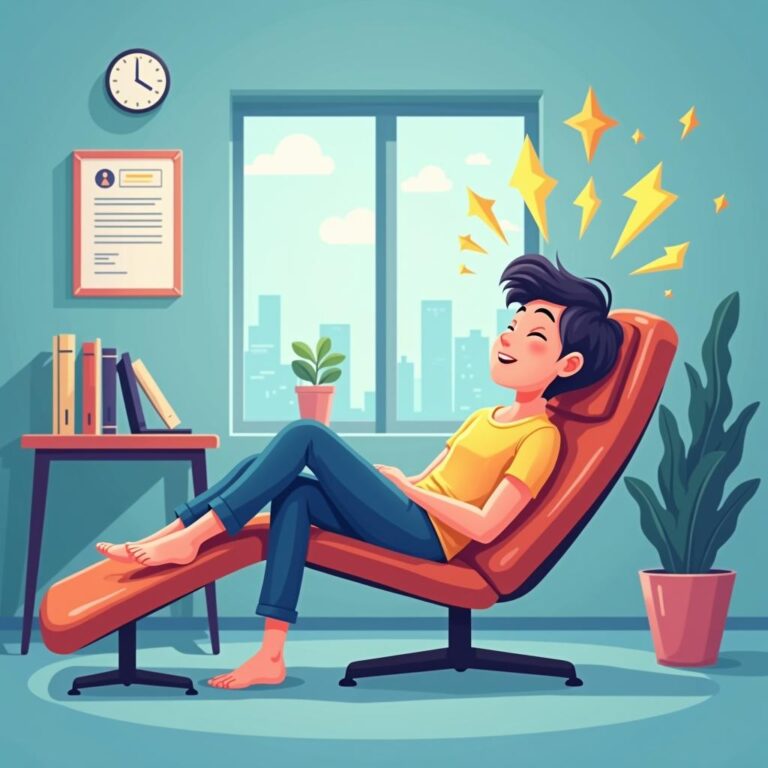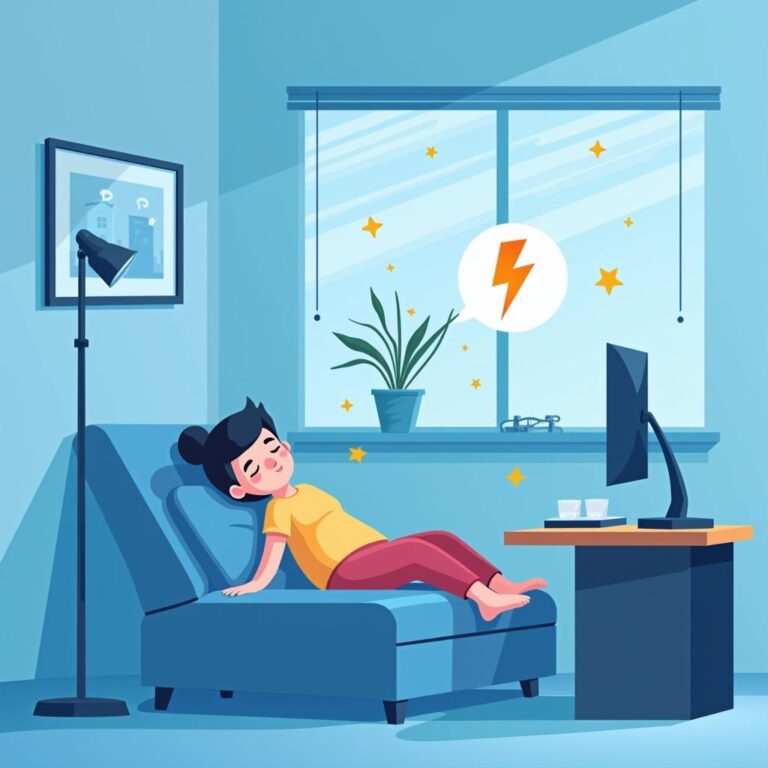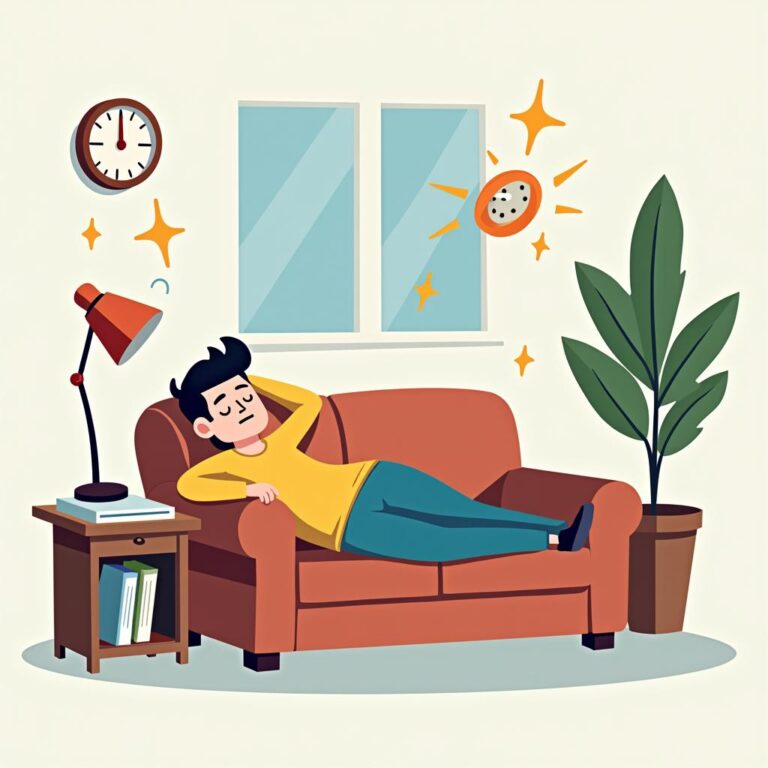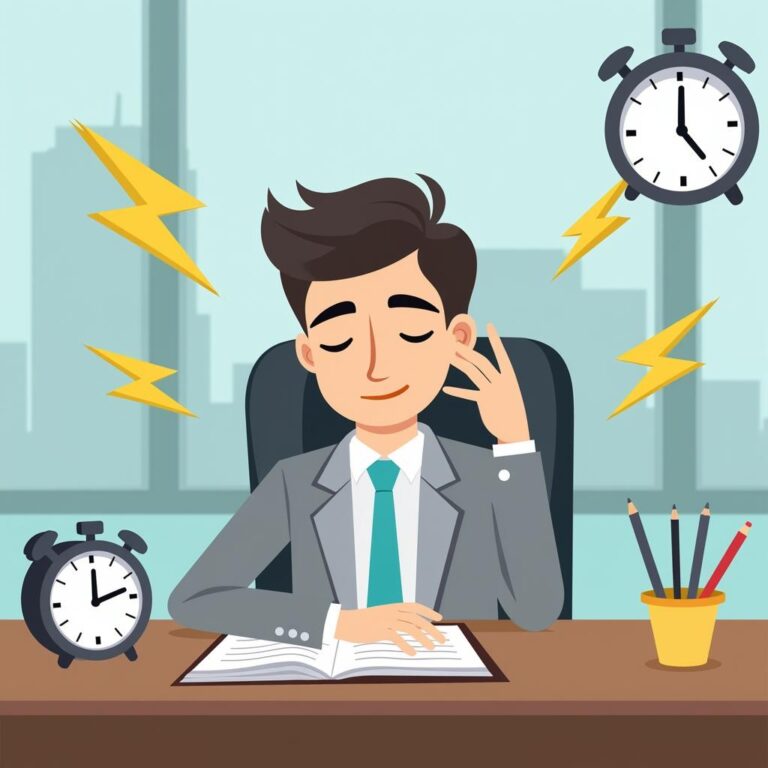In today’s fast-paced world, maintaining optimal focus and productivity is vital for personal and professional success. One of the most underrated yet effective ways to enhance focus, especially during a busy day, is through napping. Understanding the optimal nap time for focus is essential for maximizing the benefits of napping. This article delves into the significance of napping, the science behind it, and how you can incorporate it into your daily routine for better concentration and efficiency.
The Science of Napping
Napping is more than just a brief period of sleep; it is a power tool for rejuvenation. Renowned experts in sleep science have identified various stages of sleep, and napping can help achieve beneficial aspects of these stages.
When you take a nap, you typically progress through light sleep (Stage 1 and 2) and, if extended, into deeper sleep (Stage 3). Each stage of sleep serves different functions, such as repairing the body, consolidating memory, and enhancing learning. Understanding these stages is crucial when determining the optimal nap time for focus.
Why Napping Enhances Focus
Research shows that napping can lead to significant improvements in various cognitive functions, including:
- Memory Improvement: Short naps can enhance memory recall, making it easier to retain and retrieve information.
- Increased Alertness: A midday nap helps to combat sleepiness and enhance alertness, making tasks seem less daunting.
- Enhanced Creativity: Napping fosters innovation, as it allows the brain to develop new connections that contribute to creative problem-solving.
- Improved Mood: A brief rest can lead to a better mood, which in turn influences focus and interaction with others.
Optimal Nap Duration
One of the critical factors to consider when seeking the optimal nap time for focus is duration. While individual needs may vary, general guidelines suggest:
Catnap (10-20 minutes)
This short burst of rest is ideal for a quick boost in alertness and concentration. It primarily allows the body to experience light sleep stages, thus avoiding grogginess upon waking.
Power Nap (30 minutes)
A 30-minute nap may provide both energy and alertness while also engaging slightly deeper stages of sleep without fully entering the restorative deep sleep. This duration can give a pleasant refresh, making it easier to continue with tasks.
Longer Naps (60-90 minutes)
Longer naps allow you to complete a full sleep cycle, encompassing light, deep, and REM sleep. This is beneficial for those needing improved creativity and memory retention. However, jumping into a longer nap may lead to sleep inertia, where one feels sluggish upon waking.
Timing Your Nap for Maximum Benefits
When implementing napping into your daily schedule, timing is crucial. The body has a natural circadian rhythm that influences alertness and drowsiness levels throughout the day. The ideal time for a nap is typically in the early to mid-afternoon, approximately 6 to 8 hours after waking up. This timing helps combat the post-lunch dip in energy and alertness.
How to Nap Effectively
To gain the most from your naps, follow these practical tips:
- Create a Comfortable Environment: Use a quiet, dark space to minimize distractions. This helps you fall asleep quickly and facilitates a deeper rest.
- Keep it Consistent: Try to nap at the same time daily to regulate your body’s internal clock, improving the effectiveness of your naps over time.
- Limit Disruptions: Use alarms or timers to ensure you wake up after your desired time limit, preventing oversleeping.
- Stay Hydrated: Dehydration can lead to fatigue. Drink water before your nap, but avoid excessive consumption just before napping to prevent interruptions from needing the restroom.
Common Misconceptions About Napping
There are several myths surrounding napping that can lead to confusion:
Napping is for the Lazy
This belief couldn’t be further from the truth. Many high-achieving individuals, including CEOs and athletes, incorporate strategic napping into their routines to maintain peak performance.
Naps Disrupt Nighttime Sleep
While excessive napping or late-day naps can interfere with nighttime sleep, short naps taken strategically can enhance overall sleep quality.
Everyone Needs the Same Nap Duration
There’s no one-size-fits-all when it comes to naps. Experiment with different durations to see what works best for you, focusing on the quality and timing of your rest.
Conclusion
Understanding the optimal nap time for focus can dramatically improve your productivity, mood, and overall well-being. By tapping into the power of napping, you can enhance your cognitive functions and maintain higher levels of focus throughout your day. Whether it’s a short catnap or a more extended rest, integrating naps into your routine can help pave the way for a more effective and productive lifestyle. Prioritize this often-overlooked strategy and start realizing the benefits of rejuvenating your mind and body with the perfect nap!







